Mac won’t go to sleep? How to fix it (9 proven solutions)

If your Mac won’t go to sleep, it might be because some apps or items are interfering with the process. This can affect the lifespan of your Mac as hibernation saves power when you’re not using it. Here are proven solutions that will ensure that your Mac goes to sleep without any problems.
1. Make sure your Mac’s sleep settings are correct
Your Mac will automatically go to sleep after a set amount of time. However, if you have configured it to go to sleep after a long time (say 3 hours) or never, follow these steps to change it.
- Click the Apple logo in the top left corner and select System Preferences.
- On desktop Macs (iMac, Mac mini, Mac Pro) and MacBooks running macOS Catalina and earlier, click Power Save. On a MacBook with macOS Big Sur, click Battery. Also, select the Battery tab (and then the Power Adapter tab) on your MacBook.
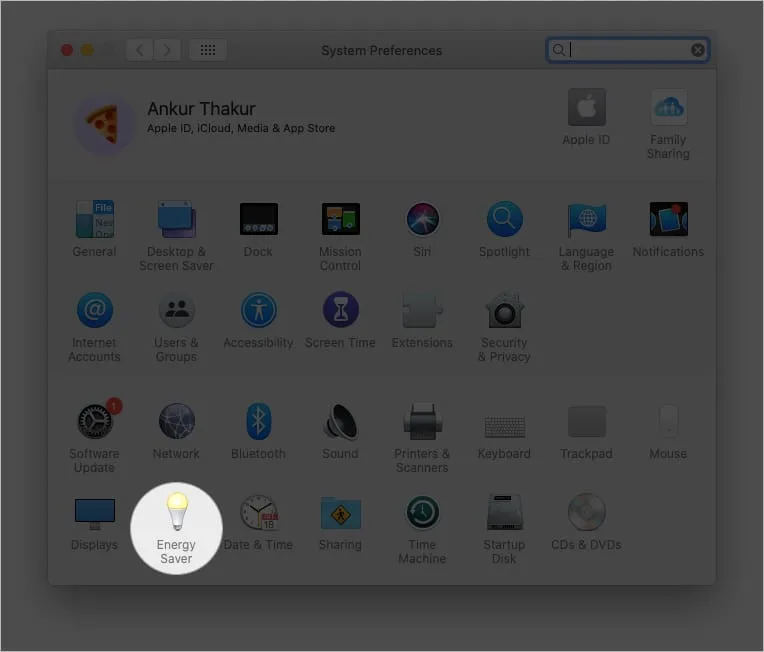
- Make sure Computer Sleep and Display Sleep are not set to Never.
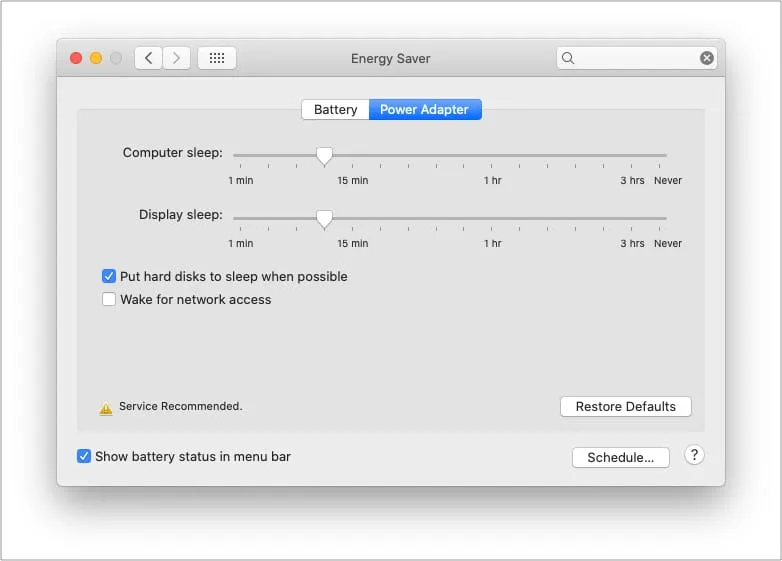
Advice. Your Mac can be remotely woken up by other users to use shared resources. You can prevent this by unchecking Wake up for network access. Now your Mac can sleep peacefully without anyone disturbing it.
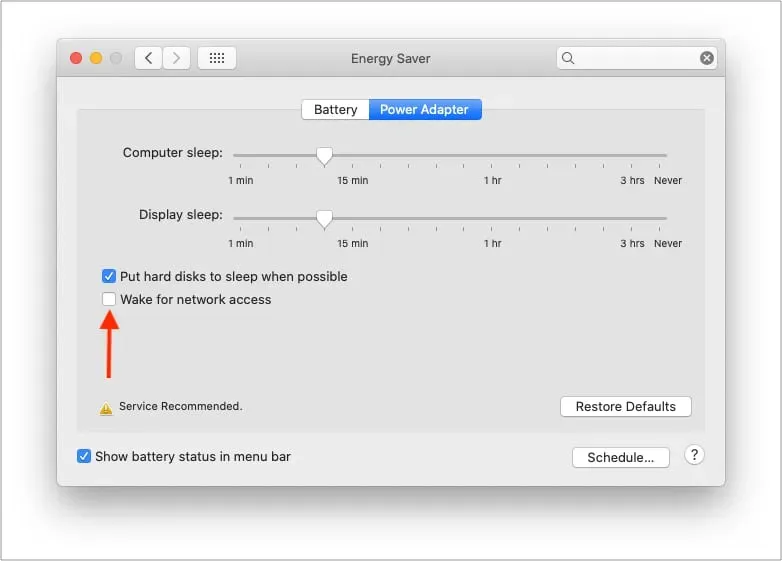
2. Prevent Bluetooth devices from waking up your Mac
There is an option in the Mac’s Bluetooth settings that automatically wakes up the machine. For example, if you’re using a Bluetooth mouse, keyboard, or trackpad, pressing the button will wake your Mac from sleep. This is a convenient setting, but you can disable it if necessary.
- Open System Preferences and click Bluetooth.
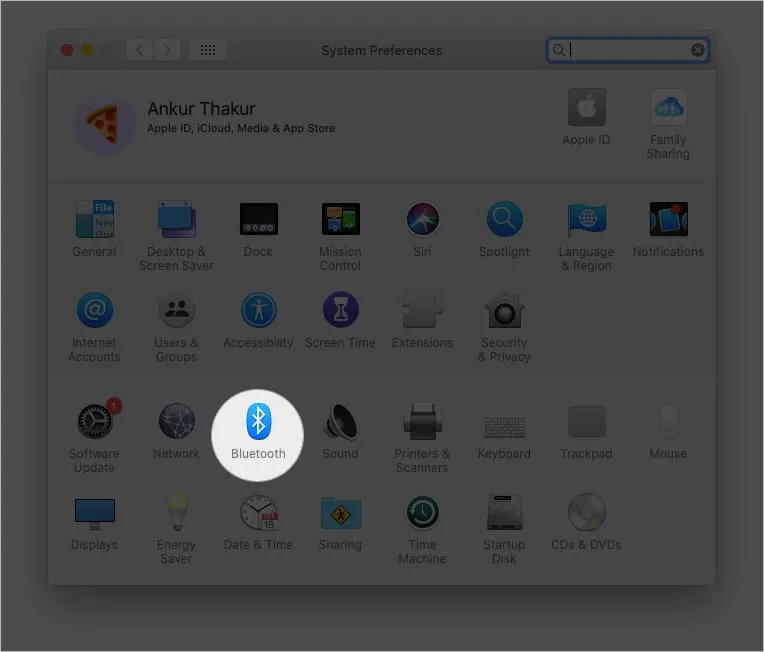
- Click “More”in the lower right corner.
- Clear the Allow Bluetooth devices to wake this computer check box.
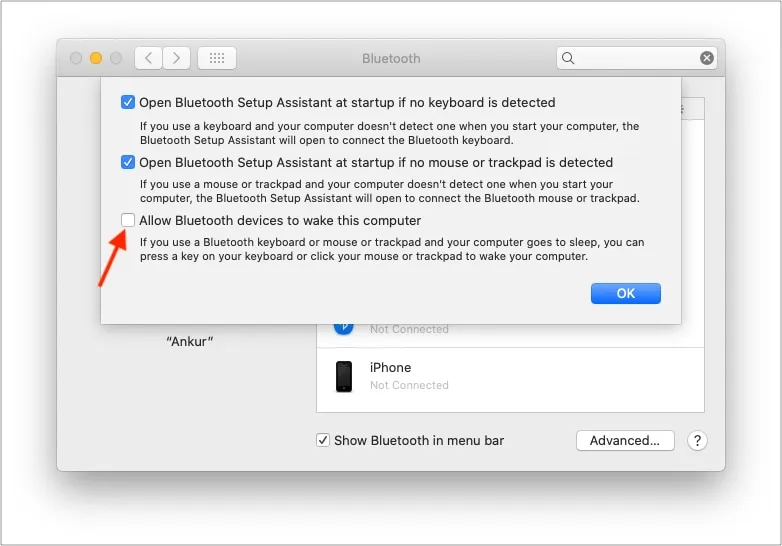
3. Check Mac sharing settings such as printer or hard drive.
You can share resources such as a connected printer, shared files, and so on with other users. However, this also wakes up your Mac. You can prevent this by turning off sharing options.
- Open System Preferences and click Sharing.
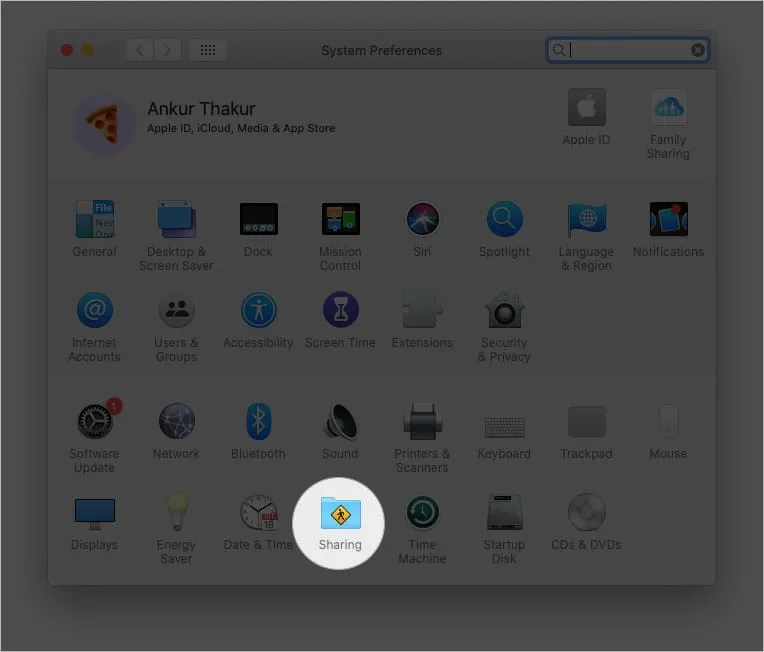
- Deselect any service you don’t need.
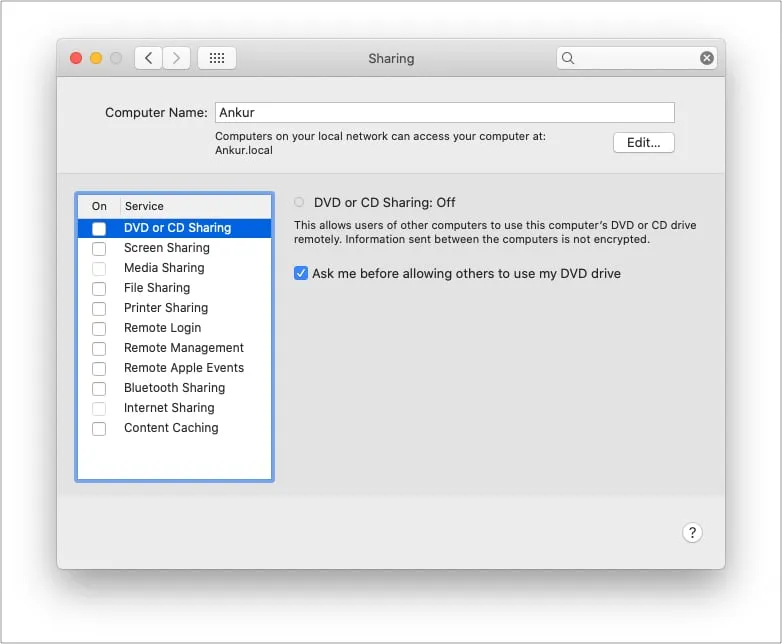
4. Close applications designed to prevent Mac sleep, such as amphetamine.
One of the main reasons why your Mac won’t go to sleep could be third-party apps like Amphetamine, Owly, Anti Sleep that won’t let your Mac sleep. These apps can start automatically when you turn on your Mac and then block it from going to sleep.
To fix this, go to the Launchpad or Applications folder in Finder and make sure you don’t have any such applications. And even if you decide to keep such an application, open it and disable those settings that enable it automatically.
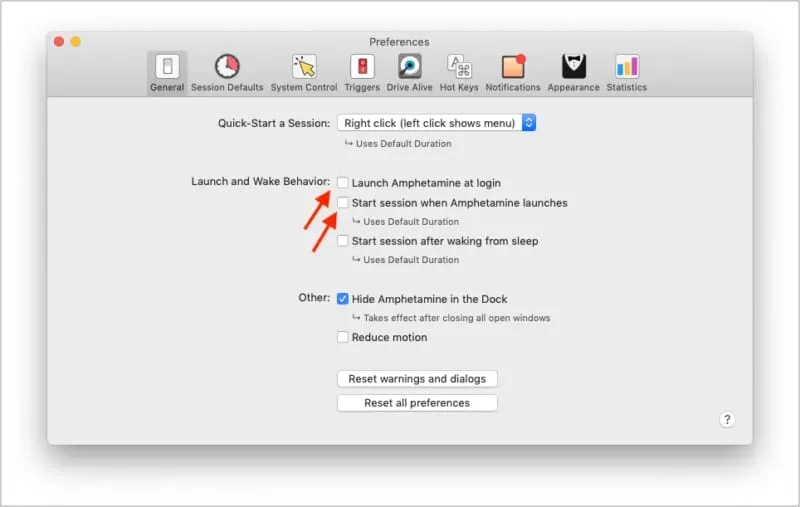
amphetamine preferences
Note. Many video player apps like VLC can also prevent your Mac from going to sleep. If you have such applications open, close them. Also, a full-screen YouTube window or a picture-in-picture window in Chrome or similar video sites can also prevent your Mac from going to sleep. Close them.
5. Use Activity Monitor to see how applications are consuming unnecessary resources.
The Activity Monitor lets you keep an eye on the applications that are using the CPU and other resources. If you find an app that is unusually consuming resources in the background, close it as it could be the culprit for your Mac not going to sleep.
- Press Command + Spacebar and type Activity Monitor to open it.
- Select an unusual app and click the cross icon (x) in the upper left corner.
- Select Logout (preferred) or Force Logout (if Logout doesn’t work).
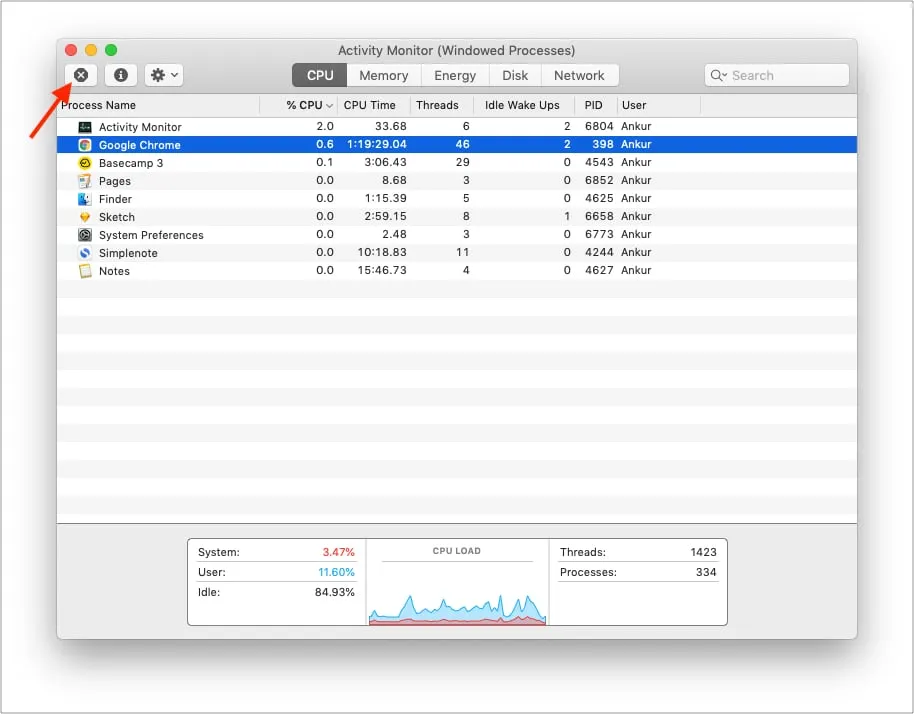
Exclusive pro tip: Right-click the top bar with process name, % CPU, etc. Select Prevent Sleep to add this tab. You will now see “Yes”next to the application that is preventing the Mac from going to sleep. Get out of them to solve the problem!
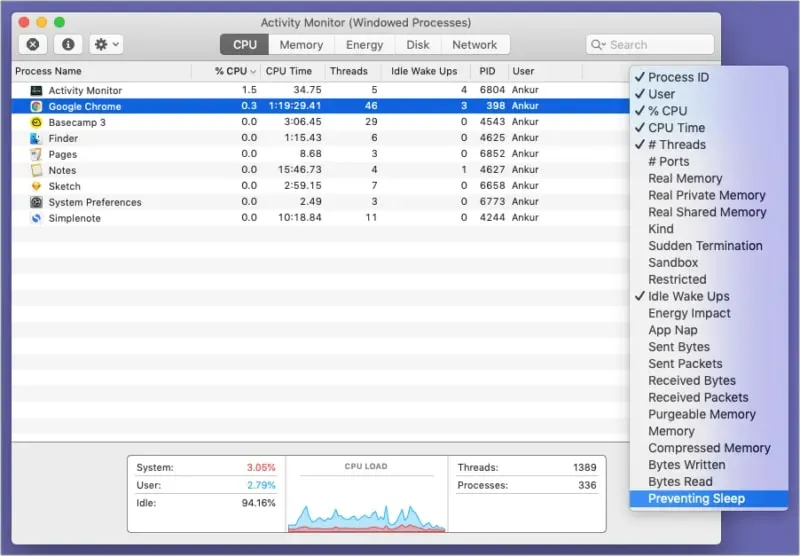
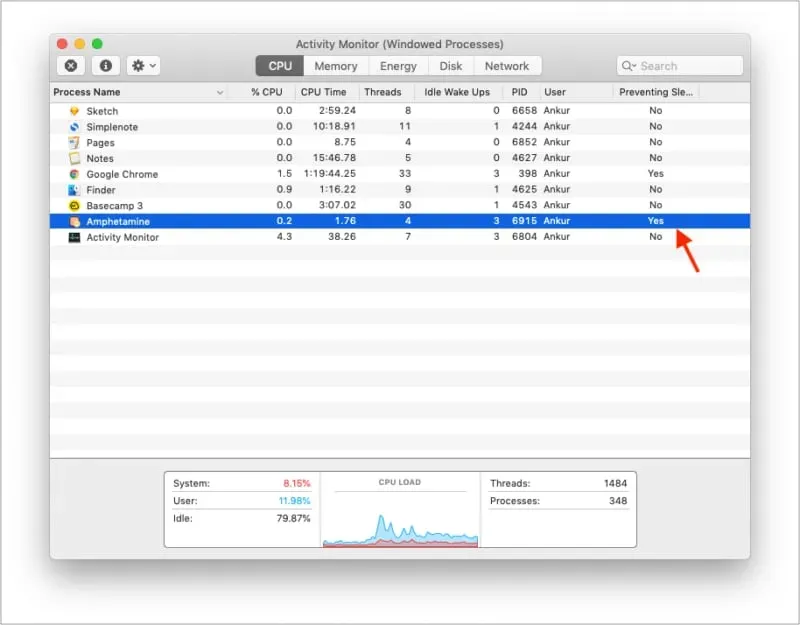
6. Disable Peripherals
Externally connected devices such as a failing hard drive, flash drive, or something similar can keep your Mac awake. You can turn them all off to have your Mac go to sleep. Or, use the trial method to determine the external device that is causing the problem. Replace it or do not leave the faulty peripheral connected for a long time.
7. Reset NVRAM (or PRAM) and SMC
Finally, if all else fails, it’s time to reset NVRAM or PRAM. We have a separate guide that explains everything about this and how to proceed.
Moreover, you can also reset SMC Mac. Again, you will find all the details in a dedicated post.
8. Mac won’t sleep if Spotlight indexes files
One of the best things about the Mac (and iPhone) is the Spotlight search (accessed by pressing Command + Spacebar), which I (and you) use every day. It’s one place to quickly find files, launch applications, perform basic calculations and conversions, and more.
When Spotlight indexes files on the internal drive, your Mac does not go to sleep. Depending on the number of files, this may take several hours. Indexing mostly happens after you’ve set up your Mac, updated macOS, replaced your hard drive, etc. It can also happen when a lot of new files are added.
Click the search icon in the top right corner of the menu bar. If Spotlight is indexing files, you’ll see a progress bar and the word Indexing.
9. Your MacBook Might Have a Hardware Problem
When you close the lid of your MacBook, the magnets tell it it’s time for bed. Although unlikely, if you have a weird cover or something like that, it can get in the way.
Also, if your MacBook is dropped, there may be hardware issues in the lid that prevent it from sleeping when you close it. In such cases, click the Apple logo and select Sleep.
Finally, there may be problems with the wire connecting the motherboard to this instruction. Again, this will happen on rare occasions. But if none of the above solutions help, contact Apple Support and learn about repair options.
I hope that after following the solutions above, you should now be able to successfully put your Mac to sleep. Have additional questions? Contact me through the comments section below.
Leave a Reply